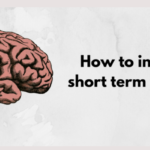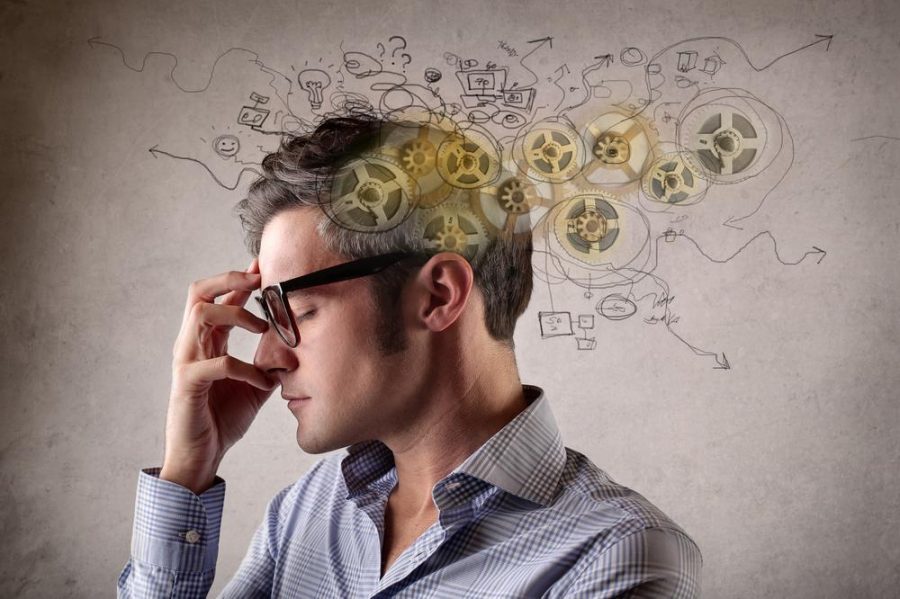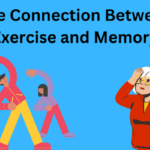Improve Short And Long Term Memory
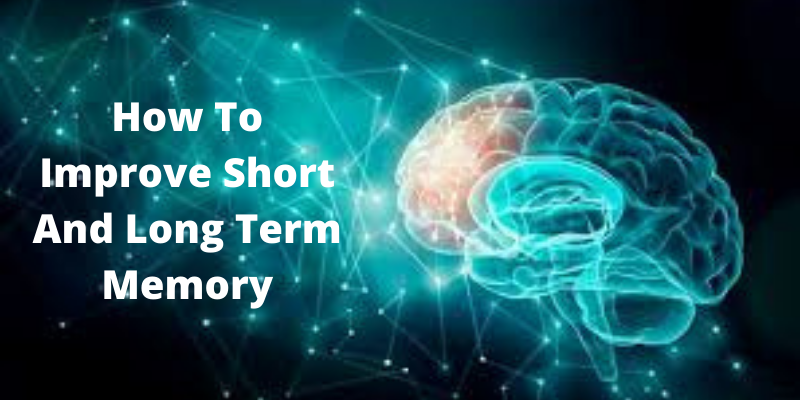
How To Improve Short And Long Term Memory – Some Simple Exercises
For many people on the road to self-improvement, learning how to improve short and long term memory is a typical goal.
You will find some simple yet powerful ideas if you read this entire post with attention to detail and without skimming. You’ll also find a link to a website where you can acquire your free memory improvement guide.
We all know that physical exercise may help us develop our bodies, but did you realize that regular, scheduled, and more rigorous exercise can also help us enhance our brains and as a result, our short and long term memory?
According to common study, we may all improve our memory by engaging in basic everyday brain activities.
Right now, try these basic brain workouts to observe instant results:
Can you recall 15 details from your life at the time of Michael Jackson’s death? Or do you remember where you were when the Space Shuttle Challenger blew up? Remembering isn’t something you should force yourself to do.
It isn’t a case of racking your brain for an answer. That would, indeed, be a huge impediment to what we’re attempting to accomplish. Allow your mind to roam and thoughts to come and go as they please by simply relaxing. Close your eyes as much as possible and let your subconscious paint its own bright abstracts.
This is an easy practice to do if you want to learn how to improve short and long term memory.
If you’re on a lengthy journey, try this: relax again and give your mind a simple exercise: think of as many words as you can with the letter. Choose a specific topic, such as people’s or animals’ names, minerals, or anything else.
Then simply work your way through the alphabet’s letters. Again, there’s no need to push yourself; simply relax into the action and allow your mind, and your deeper thoughts, to emerge. You’ll be surprised at how much comes to light when you’re not trying.
Isn’t that how it seems to be with our memories? In a frantic search for the car keys, which each of us has experienced, we can’t seem to find them for the life of us. However, as we come to a halt in our search and begin to relax, a memory or a suggestion about where we might look next comes to mind, and we discover what we were looking for with such zeal. Isn’t it incredible?
Stress is one of the most serious challenges to our ability to strengthen our memory. When you’re under stress in any manner, your body produces a lot of cortisol, which is released into your circulation.
Cortisol has the impact of eliminating glucose, which is the brain’s sole source of nourishment. As a result, if your brain isn’t getting the nutrition it need, it won’t work properly.
How To Improve Short And Long Term Memory: An Overview of the Process of Making Memories
We’ve all heard of short and long term memory, but what exactly are they? What is the process by which the brain creates memory? Without getting too technical, here’s a high level overview.
First and foremost, we must establish a working definition of both short and long term memory. The part of the brain that stores information, events, and so on for a short period of time is known as short term memory.
Scientists are still debating the exact amount of time. It also has a limited storage capacity. According to most studies, the amount of data that can be held in short term memory ranges between 5 and 9 items.
This could be a single number, words, or images. The relative complexity of the item is less important than the quantity.
Short term memory serves several functions. It serves as a repository for data that we require for something we are currently working on or processing. For example, if someone just told you their phone number and you go and enter it into your cell’s phone book, ideally without asking them to repeat it, you held the “data” of the number in your short term memory while your fingers typed it into the cell.
Short term memory functions as a sort of filter as well. Our minds are constantly receiving information from all of our senses. The short term memory is where we pull in the things we want to focus on right away, while the rest is filtered out. Short term memory is also where we store data that we have retrieved from our brain’s storage area and need to use right away.
When comparing short term vs. long term memory, long term is what experts generally refer to as the primary memory storage location. It is the memory of what we had for lunch that day or of going to Disneyland for the first time as a child.
It is a storage facility where items are kept for indefinite periods of time. It also appears to have limitless capacity.
In the process of forming memories and using our minds, short and long term memory work in tandem. Items are picked up and worked on immediately in short term memory, and then processed and “transferred” to long term memory.
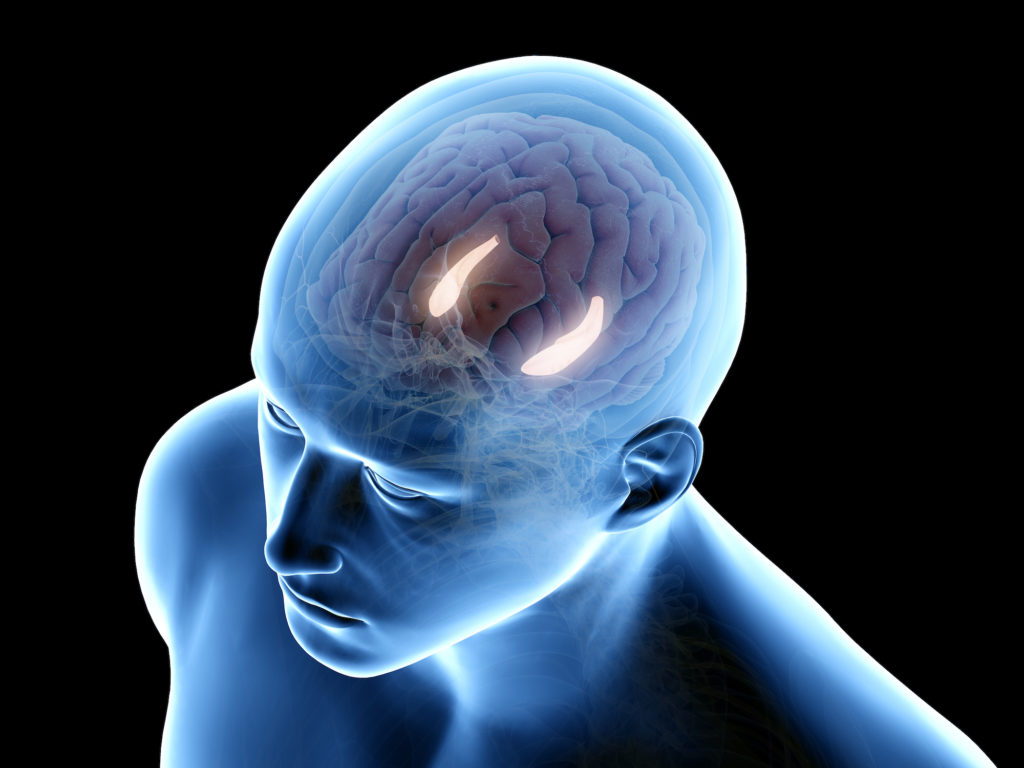
The process by which short and long term memory engage in this function is still being studied. It is still a work in progress in our minds. However, we do know that certain factors increase the likelihood of information moving from one to the other.
The movement between short and long term memory is accomplished through a process known as encoding. This is the process by which you (consciously or unconsciously, depending on the circumstances) select items for long term storage and build the neural connections required to “transfer” that data into storage. When an item is dumped from short term memory, it is forgotten if it is not encoded.
A number of encoding processes are typically used to transport data between short term and long term memory. First, repeating an item in short term memory increases the likelihood that the necessary neural connections will be formed for it to be moved into long term storage. Second, the brain is more likely to retain an item if it can make associations between something in short term memory and something already in long term memory.
There are numerous other factors that can influence how items are retained. Emotions attached to the item can influence how likely it is to be remembered. Familiarity, interest, usefulness, and other factors all have an impact on how well things are encoded and stored in the brain.
Short term and long term memory collaborate to help us create the memories we keep. Understanding this procedure is more than just educational. As scientists learn more about how this process works, we will be able to improve it or repair it if it is damaged. Already, studies show that diet, exercise and natural herbs can help with the memory making process. We have only recently begun to comprehend this aspect of our brains.
Follow this link to discover the secret ==> How to double your memory in as little as 14 days
